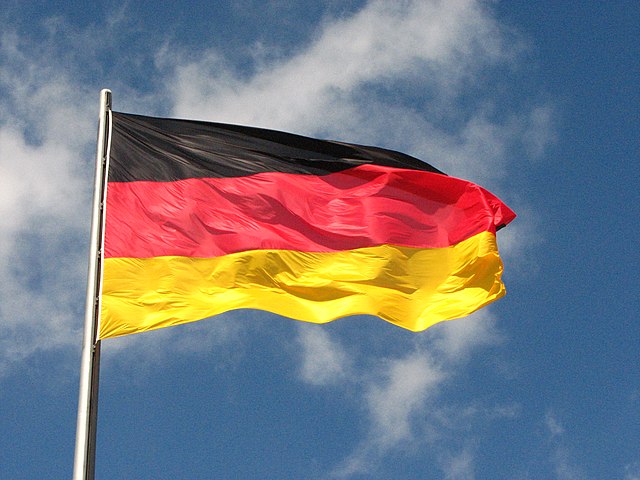
German Poetry And Literature
The flexible qualities of the German language, such as its grammatical structure and gendered nouns, have allowed writers through the ages to convey complex written ideas and new meanings, while its regional dialects and semantic changes have led to a diverse wealth of literary expression.
German literature and poetry uniquely differs from that of, say, France and England, in that Germany has had a disrupted and fragmented past; Germany did not become a modern nation until 1871. Throughout its history, there have been three marked periods of literary development in Germany: the high Middle Ages, the age of Goethe and the turn of the 19th and 20th century.
The German High Middle Ages
During the period of 1180 to 1230, German literature developments began to take shape. Born out of religious writings and Latin culture, written literature demonstrated a broader cultural transformation and redefinition of the medieval population identity.
One significant piece of literature from this period is the Nibelungenlied (Song of the Nibelungs), written by an unknown author in the twelfth century. The poem is a tale of romance, tracheary and vengeance and follows the tale of Siegfred and his love for Kriemhild. It employs a rich and alternative style with frequent alliteration, strong vocabulary and expression, and a formal and structured narrative – features that are integral to Germanic oral traditions.
The Age of Goethe
The period from the 18th century to the 19th century, sometimes referred to as the Age of Goethe, is viewed by some as the pinnacle of German culture. The Sturm und Drang (Storm and Stress) movement emphasised the German people’s emotion and struggle against societal constraints.
The period also introduced two prominent literary writers; Johann Wolfgang von Goethe and Friedrich Schiller. Goethe is best known for his work Faust, using extended sentences and layered clauses that allowed readers to explore the nuances of the German language. One such quote reads: “Zwei Seelen wohnen, ach! In meiner Brust, die eine will sich von der anderen trennen.“ (Two souls, alas! reside within my breast, one wants to separate from the other).
The late 18th century saw the rise of Weimar Classicism and the Romantic periods. These movements aimed at balancing out the emotional intensity of Sturm und Drang with the connection of the human spirit with nature. The turn of the 19th century bought with it Realism; literary language became less ornate and more succinct, depicting everyday life and social issues.
Modernism and Postmodernism
During the 20th century, the impact of two world wars and later the division of Germany evoked a period of experimentation and innovation within German literature. The end of the second world war gave birth to postmodernism, a period where German literature took on a playful, fragmented approach as Germany grappled with its Nazi history. Günter Grass famously showcases this with his novel Die Blechtrommel (The Tin Drum), depicting the autobiography of a dwarf who lives through the Nazi Germany regime. He employs a mix of realist and surrealist language to address this dark period in history, bringing art and hope to past horrors: “Heute weiß ich, daß alles sieht, daß nichts unbemerkt bleibt, daß auch Tapeten ein besseres Gedächtnis haben als Menschen.” (Today I know that all things are watching, that nothing goes unseen, that even wallpaper has a better memory than human beings).
In today’s modern environment, German literature continues to thrive, with authors exploring themes of identity and the complexities of globalisation. The German language continues to provide an important medium for exploring these ideas, allowing writers to express themselves with precision and nuance.
If you want to study German, Oxford Open Learning offer the chance to do at IGCSE level. You can click on this link or Contact Us.